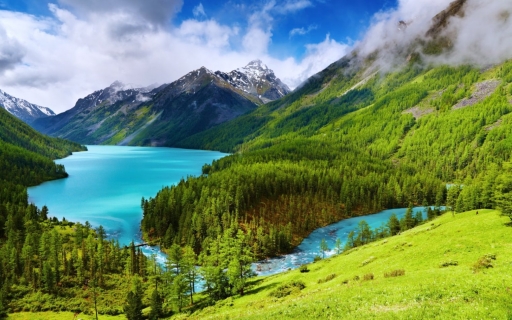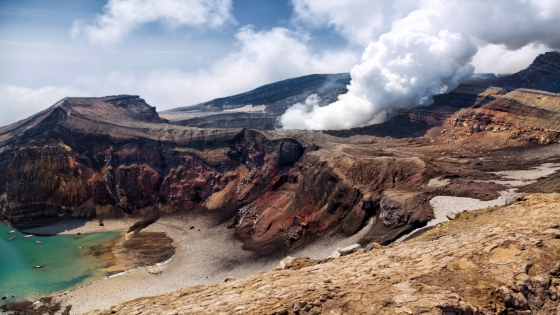Nakhodka Temperatures: Monthly Averages and Year-Round Insights
On this page, we’ll explore Nakhodka’s temperature statistics in detail, including day and night variations and monthly averages. We’ll also compare the annual temperature to other cities in Russia.
Monthly Temperature Averages
The climate in Nakhodka is known for significant temperature differences throughout the year. Average maximum daytime temperatures reach a comfortable 25°C in August. In January, the coolest month of the year, temperatures drop to a very cold -5°C. At night, minimum temperatures can drop even lower, averaging around -14°C.
The chart below illustrates the average maximum day and minimum night temperatures in Nakhodka by month:
The minimum temperature is commonly observed between 4 AM and 6 AM, with the maximum occurring around 3 PM, when the sun’s strength is at its peak.
The chart below shows the average temperature throughout the year:
January, the city’s coldest month, sees about 15 mm of rainfall spread over roughly 8 days.
Annual Temperatures in Russia Compared
The map below shows the annual temperature across Russia. You can also select the different months in case you are interested in a specific month.
 very warm
very warm
 warm
warm
 pleasant
pleasant
 moderate
moderate
 cold
cold
 very cold
very cold
Nakhodka Temperatures Compared World Wide
Nakhodka’s average annual maximum temperature is 11°C. Let’s compare this with some popular tourist destinations:
Seville, Spain, stands out with its warm Mediterranean climate and an average annual temperature of 23°C.
Glasgow, Scotland, the average annual temperature is significantly lower at 13°C, with mild summers and cold winters.
Beijing, China, experiences more extreme temperature shifts, but still averaging 20°C annually.
Melbourne, Australia, has a slightly cooler climate, with an average annual temperature of 20°C.
How are these Temperatures Measured?
Generally, temperature data depicting climate is usually given over a 30-year average in order to reduce short-term fluctuations and reveal better long-term trends in climate conditions.
This temperature data is taken from land-based thermometers, ocean buoys, ships, and satellites. These measurements are transmitted to weather stations and climate centers around the globe where they are processed, averaged, and analyzed in order to monitor the trends and create climate models.
Effects of Temperature on Weather and Climate
Temperature variations influence precipitation patterns in Amsterdam:
Rainfall: Warm air holds more moisture, leading to heavier rain during warmer months. However, precipitation is generally moderate year-round.
Snow: Occasional snowfall occurs in winter, though it rarely lasts very long.
For more detailed information about Nakhodka’s weather, including monthly rainfall, sunshine hours, and humidity levels, visit our Nakhodka climate page.
Current temperature in Nakhodka
clear and no rain
almost clear and no rain
almost clear and no rain




